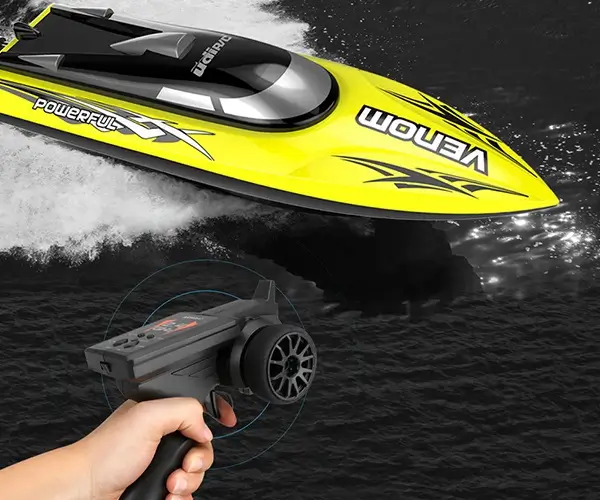Looking for a way to boost precision and efficiency in your automation projects? Enter stepper motors and servo motors—two powerhouses that can take your machinery to the next level. But what really sets them apart? And how do you pick the right one? That’s what we’re diving into.

First off, imagine the scenario where you need to precisely control movement without any fuss. That’s where stepper motors shine. They operate in discrete steps, kind of like ticking off boxes in a checklist. Their ability to move in exact increments means you can get pretty detailed positioning without much complex feedback. They've been the backbone in 3D printers and CNC machines for years—reliable, affordable, and straightforward.
Now, contrast that with servo motors. Think of servo as the high-performance athlete of the two. They use feedback systems—like little internal sensors—that tell the motor exactly where it is at any moment. That means smoother motion, more consistent accuracy, and a lot of torque to handle demanding tasks. You find them in robotic arms and camera stabilization systems, where precision isn’t just nice to have; it’s a must-have.
But why should you care about this? Well, for one, consider the nature of your project. If you’re working on something that demands frequent stops, starts, or intricate movements, a servo motor’s got the edge. It adapts on the fly, always staying on track. If you’re after straightforward, repetitive tasks—like opening a valve or moving a conveyor—stepper motors might be enough. They’re budget-friendly and simple to set up.
Here's a thought-provoking question: How do these motors perform in high-speed applications? Not all motors are created equal. Stepper motors have limitations—they slow down when the load gets heavy or when trying to achieve rapid accelerations. Servo motors, on the other hand, excel here. They keep their precision at high speeds, making them suitable for more demanding environments.
What about maintenance? It’s tempting to think one is better in this regard, but the truth is, servo motors typically require more upkeep. Their feedback systems need calibration and occasional checks. But that extra effort pays off when you need tight control. Stepper motors, meanwhile, are pretty much set-and-forget as long as they don’t overheat or are operated within their specified limits.
Let’s not forget about efficiency. Servo motors tend to use less energy when holding a position thanks to their closed-loop control, which makes them more suitable for energy-conscious applications. Stepper motors can sometimes waste power as they hold their position in open-loop systems.
The bottom line? It’s about matching the motor to the task. Both have their merits, and understanding their nuances helps you craft smarter solutions. Whether you’re automating an intricate robotic system or building a cost-effective movement mechanism, knowing the ins and outs of these motors makes all the difference.
So, next time someone asks about enhancing automation, think about your specific needs. Do you need the raw power and finesse of a servo, or is the simplicity and cost-effectiveness of a stepper just what you’re after? Either way, you’ll be making a choice that drives success—literally.
Established in 2005, Kpower has been dedicated to a professional compact motion unit manufacturer, headquartered in Dongguan, Guangdong Province, China. Leveraging innovations in modular drive technology, Kpower integrates high-performance motors, precision reducers, and multi-protocol control systems to provide efficient and customized smart drive system solutions. Kpower has delivered professional drive system solutions to over 500 enterprise clients globally with products covering various fields such as Smart Home Systems, Automatic Electronics, Robotics, Precision Agriculture, Drones, and Industrial Automation.




































